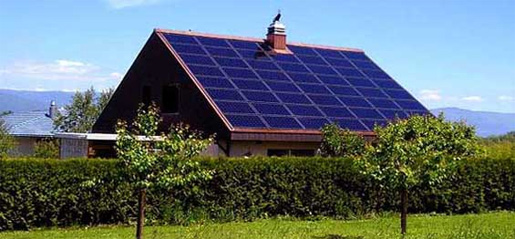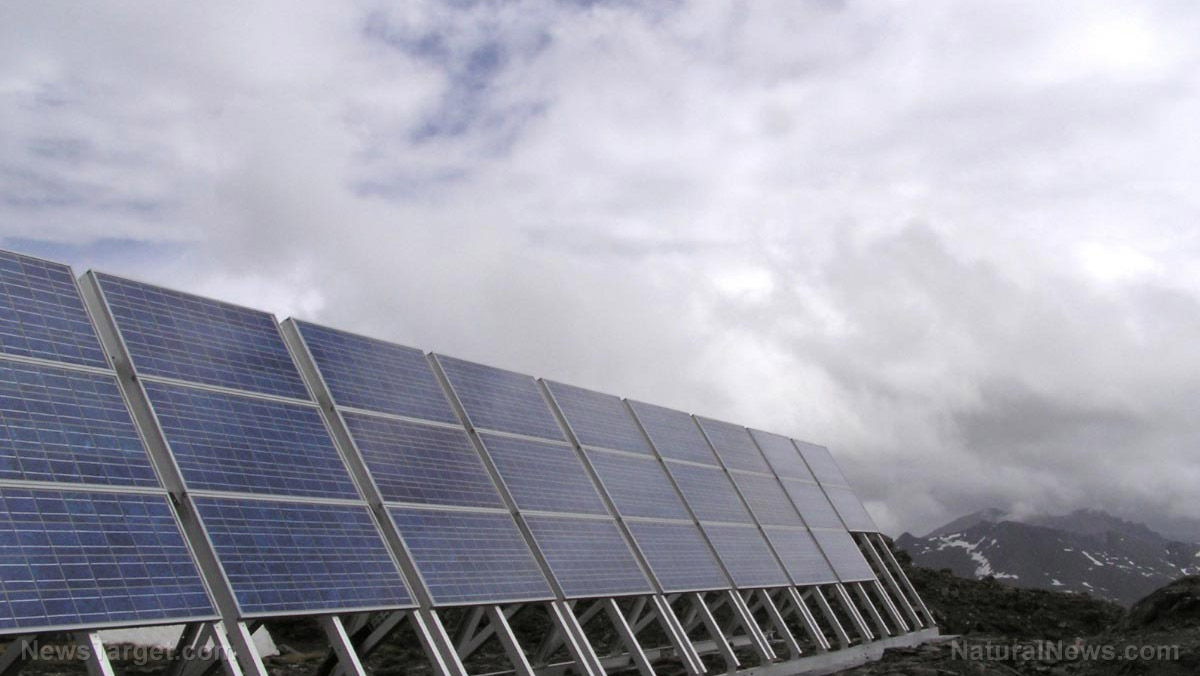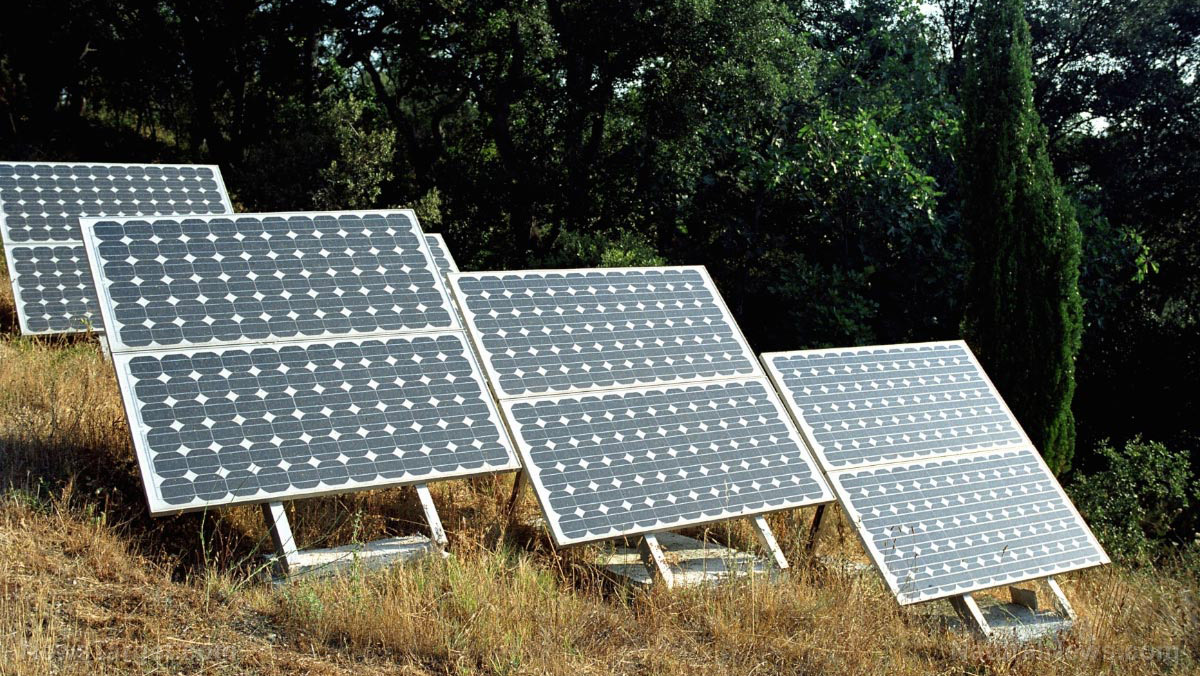Silicon-based solar panels convert sunlight to electricity at higher efficiency, new research finds
10/09/2018 / By Edsel Cook

Arizona-based researchers evaluated the cost vs. enhanced efficiency of the newest development in solar technology. They indicated that tandem photovoltaic modules made from silicon materials will be the next big thing in the U.S. solar energy industry.
In the study, the researchers compared the newly developed solar panel designs with existing photovoltaic technology. Their results showed that tandem photovoltaic solar cells were much more efficient when it comes to converting sunlight into electricity. The increased conversion levels more than made up for their cost.
The paper, titled “Techno-economic viability of silicon-based, tandem photovoltaic modules in the United States,” and authored by Zhengshan J. Yu, Joe V. Carpenter, and Zachary Holman of the Arizona State University (ASU), was published in the journal Nature Energy.
The new photovoltaic solar panels technology is part of the Sunshot Initiative of the U.S. Department of Energy. Since 2011, Sunshot has sought to increase the cost effectiveness of solar energy by 2020 so that it could compete with its conventional counterparts.
In 2017, the initiative attained its original goal of a cost $0.06 per kilowatt-hour of solar energy. It has set a new goal of bringing down the cost to half that – $0.03 per kilowatt-hour.
Sunshot proponents believed that the new cost will spur a 300-percent growth of solar energy installations in the U.S. by 2030. (Related: Water-based battery with potential to store solar and wind energy developed by researchers.)
Are tandem photovoltaic modules worth their high cost?
One means of accomplishing the new Sunshot goal is to raise the efficiency of solar panel modules. However, ASU researcher Holman pointed out that silicon-based photovoltaic technology has already reached more than 90 percent of its theoretical efficiency limit.
Any further improvement will require the investigation and development of new technologies. Even if the research is successful, the new solar technology will undoubtedly cost more than existing tech.
“Does a doubling of module efficiency warrant a doubling of cost?” This is the question tackled by the ASU team regarding tandem photovoltaic modules.
A tandem module is made of a stack of two photovoltaic materials with good synergy. A perovskite solar cell placed atop of its silicon equivalent, for instance, will be able to get more energy out of the entire spectrum of sunlight. The combination will perform better than either of the photovoltaic cells that comprise it.
The ASU study looked at the possible costs of high-efficiency tandem photovoltaic systems. It sought to determine the highest cost of such modules that could still be considered competitive in a shifting energy market.
New solar modules are expected to produce cheap electricity despite increased costs
Future tandem photovoltaic modules are expected to achieve 32 percent efficiency. The study showed that these tandem solar modules will cost more than three times the silicon-based modules, which are only capable of 22 percent efficiency.
At the same time, the electricity generated by these more expensive solar panel modules will still cost the same. So the tandem solar modules are definitely worth the investment.
The ASU researchers added that this scenario is the best-case one. It assumes the energy yields, rate of degradation, service lifespans, and financial terms for the two different technologies will be similar.
When it comes to silicon-based tandem photovoltaic technologies, Holman and his team are internationally acknowledged as experts in the field. Until recently, they and their counterparts at Stanford University held the world record for the most efficient perovskite-silicon tandem solar cell. They are currently refining their design to raise its efficiency while still using cheap materials and simple means of production.
If you have grown interested in the benefits of solar power for your home, you can find more articles at Power.news.
Sources include:
Tagged Under: future tech, perovskite solar cells, photovoltaic solar cells, Photovoltaics, science and technology, solar energy, solar panels, solar power



















